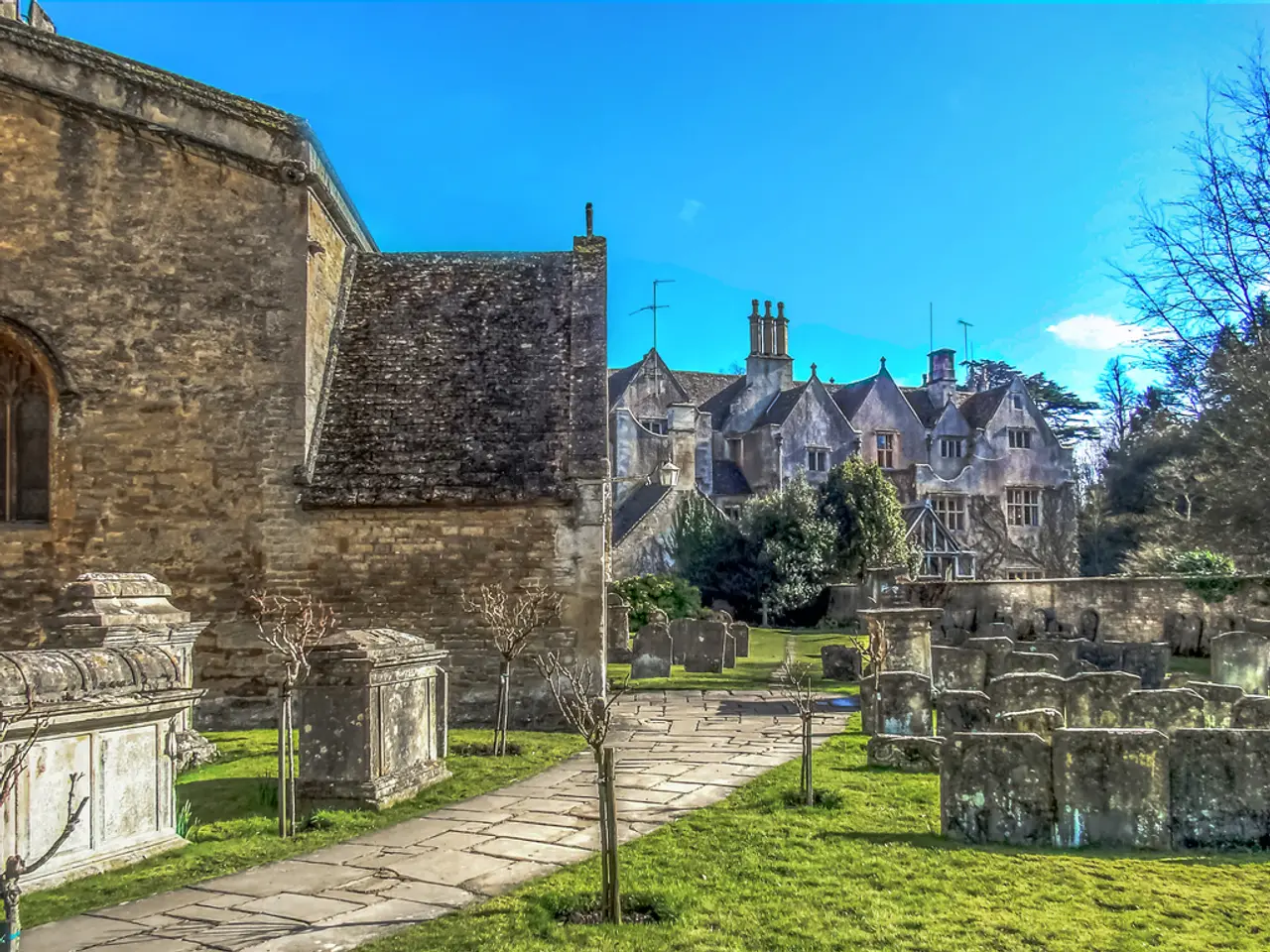Urban Scandinavian Gardens: The Summer Steal - Guide to Establishing a Peaceful Urban Garden, Regardless of Space Constraints
In the heart of Scandinavian cities, a quiet revolution is taking place, transforming urban outdoor spaces into serene, productive, and socially engaging green oases. This transformation is known as koloniträdgårdar, a small-scale gardening trend that embodies Scandinavian minimalism and outdoor coziness.
Koloniträdgårdar gardens are designed to be both productive, yielding plants, flowers, or food, without becoming overwhelming or cluttered. They foster a sense of community and social enjoyment within tight spaces, aligning with the broader Scandinavian ethos of hygge and lagom, emphasizing simplicity, functionality, and well-being.
A walk through these gardens, even for those not owning a space, is an inspiring and refreshing experience. The gardens often feature minimalistic yet natural elements, creating a tranquil outdoor living environment. Scandinavian design principles reflected in koloniträdgårdar include the use of light, natural materials, neutral tones, and uncluttered layouts that make the garden feel like an inviting extension of the home.
Cohesion is key in designing a koloniträdgård. Be selective and repeat materials, shapes, colours, and plants for balance and a coherent expression. Useful structures for small gardens include espaliers, pergolas, climbing plants, trees for shade, and canopies higher up than ground-level plants.
Koloniträdgårdar are typically no larger than 90 square meters. Narrow paths encourage social interaction, with each mini garden being a reflection of its owner's personality. In shady spots, ferns can add architectural texture. For those starting with a balcony, Annika Zetterman, a Swedish garden designer, advises creating an understated expression with a natural colour palette and plants with delicate flowering.
Annika explains that koloniträdgårdar have a defining balance, being productive but not overwhelming, social but private, cultivated yet natural. She suggests using 'ornamental grasses', 'scabiosa', and 'campanula' for koloniträdgård. Composting areas are common in koloniträdgård, and handmade features like birdbaths can be found.
Koloniträdgårdar originated in the early 20th century as garden beds with small cottages or summer houses for working-class city dwellers to grow food. Today, they are being embraced by Generation Burnout for their potential to provide calm, connection, and creativity.
Visiting green spaces like koloniträdgård has been linked to better health outcomes, including fewer depressive symptoms, less anxiety, better sleep, and fewer feelings of loneliness and social isolation. To achieve the koloniträdgård spirit in a small outdoor space, treat it like a room with a floor, walls, and an imaginative roof. Natural finishes such as granite, slate, and untreated wood are recommended.
A water butt from Crocus can be used for rainwater collection in koloniträdgård, and a small water feature can bring movement and peace to the space. Choosing plants that help wildlife is encouraged in koloniträdgård. Birch, pine, syringa, and conifers offer seasonal interest and structure.
In summary, koloniträdgårdar captures a "quiet revolution" in urban garden use by promoting small, well-balanced, productive, and socially engaging green spaces that embody Scandinavian minimalism and outdoor coziness.
The design of koloniträdgårdar architects small, productive gardens that align with the Scandinavian ethos of simplicity, functionality, and well-being, making them an extension of the home-and-garden lifestyle. These gardens are designed to foster a sense of community and social enjoyment, embodying the lifestyle philosophy of hygge and lagom.
By selecting and repeating materials, shapes, colors, and plants for balance and a coherent expression, and incorporating structures like espaliers and pergolas, koloniträdgårdar are carefully designed to be both productive and tranquil, capturing the essence of gardening in a small space.





